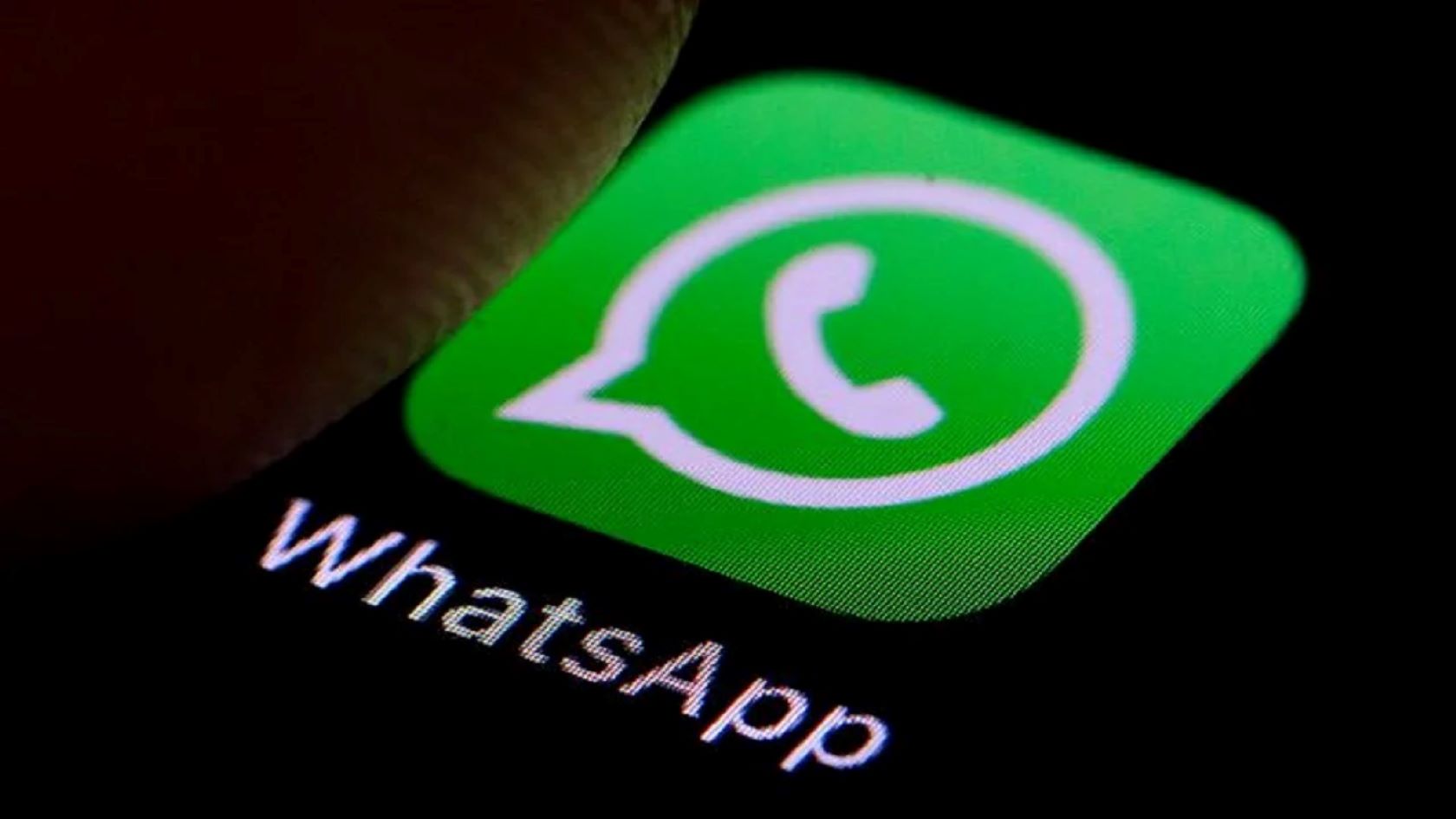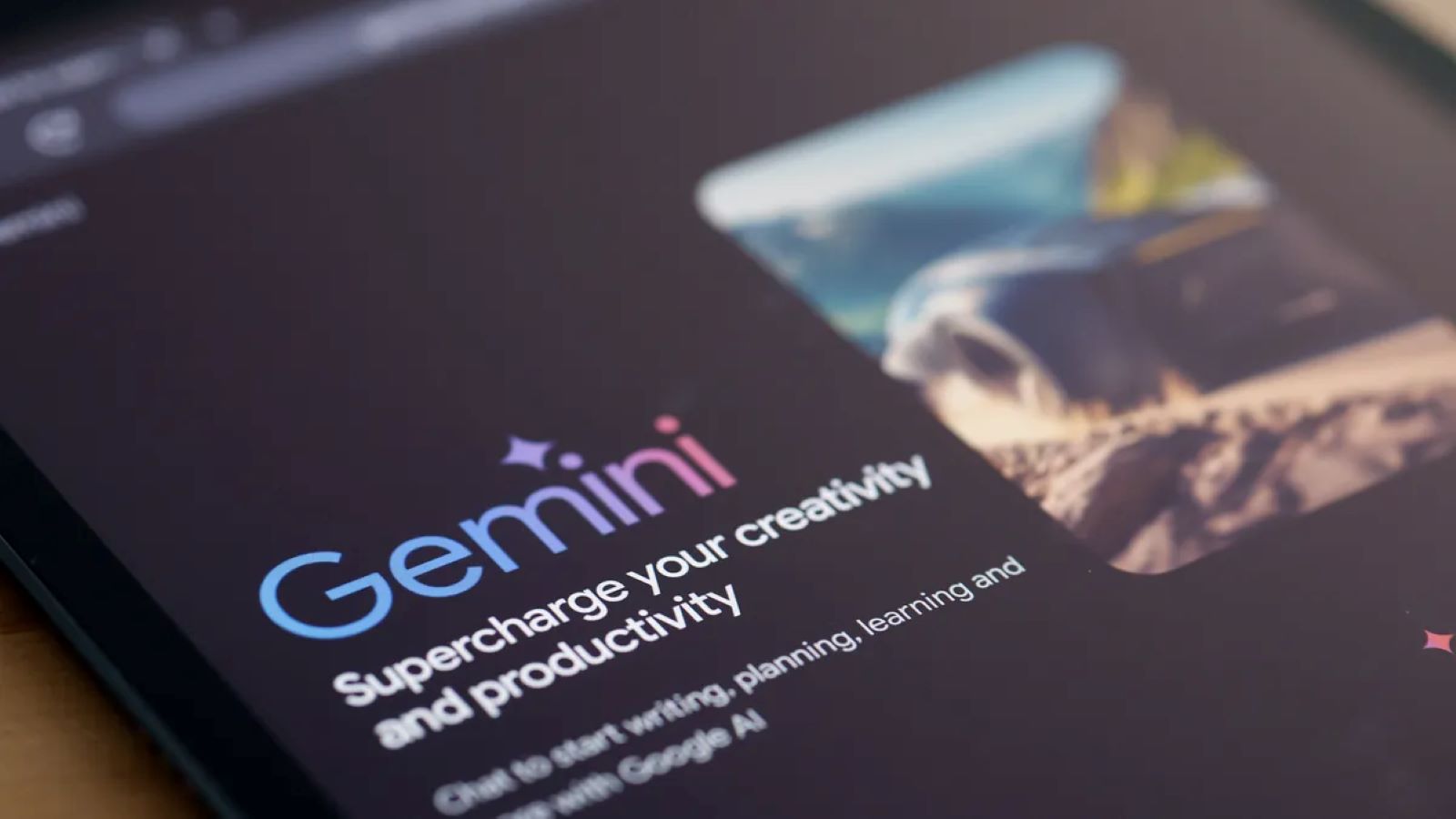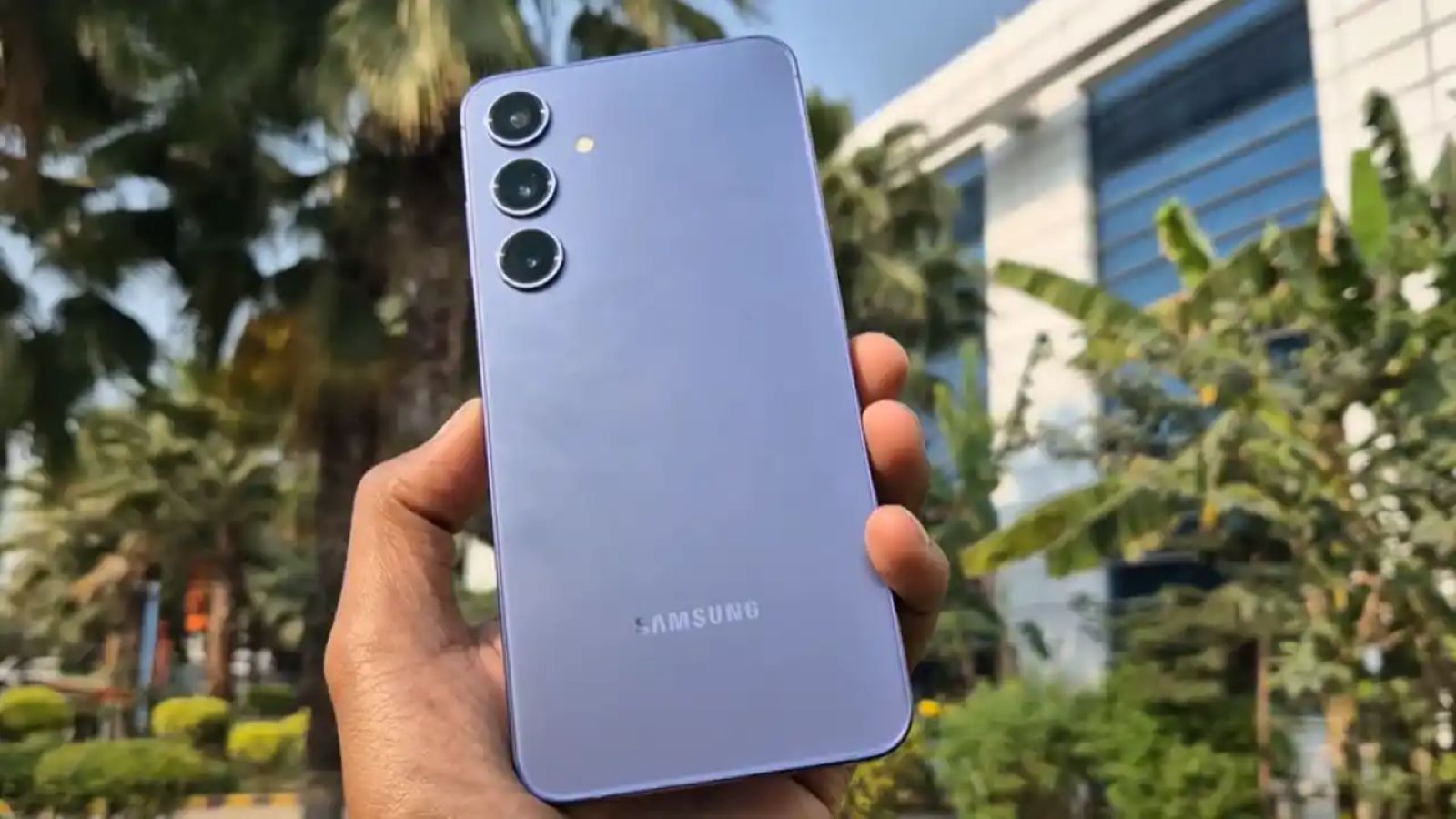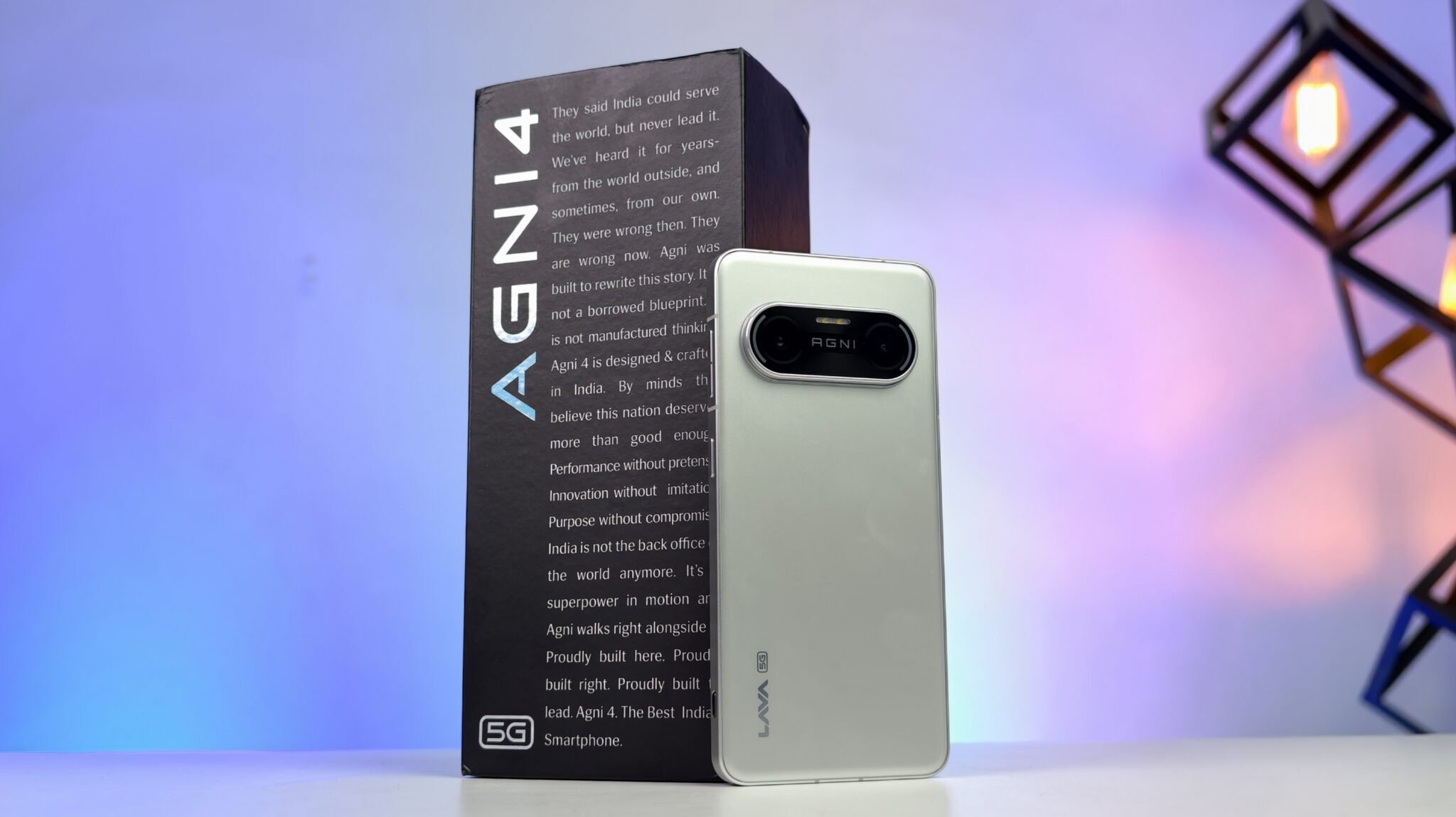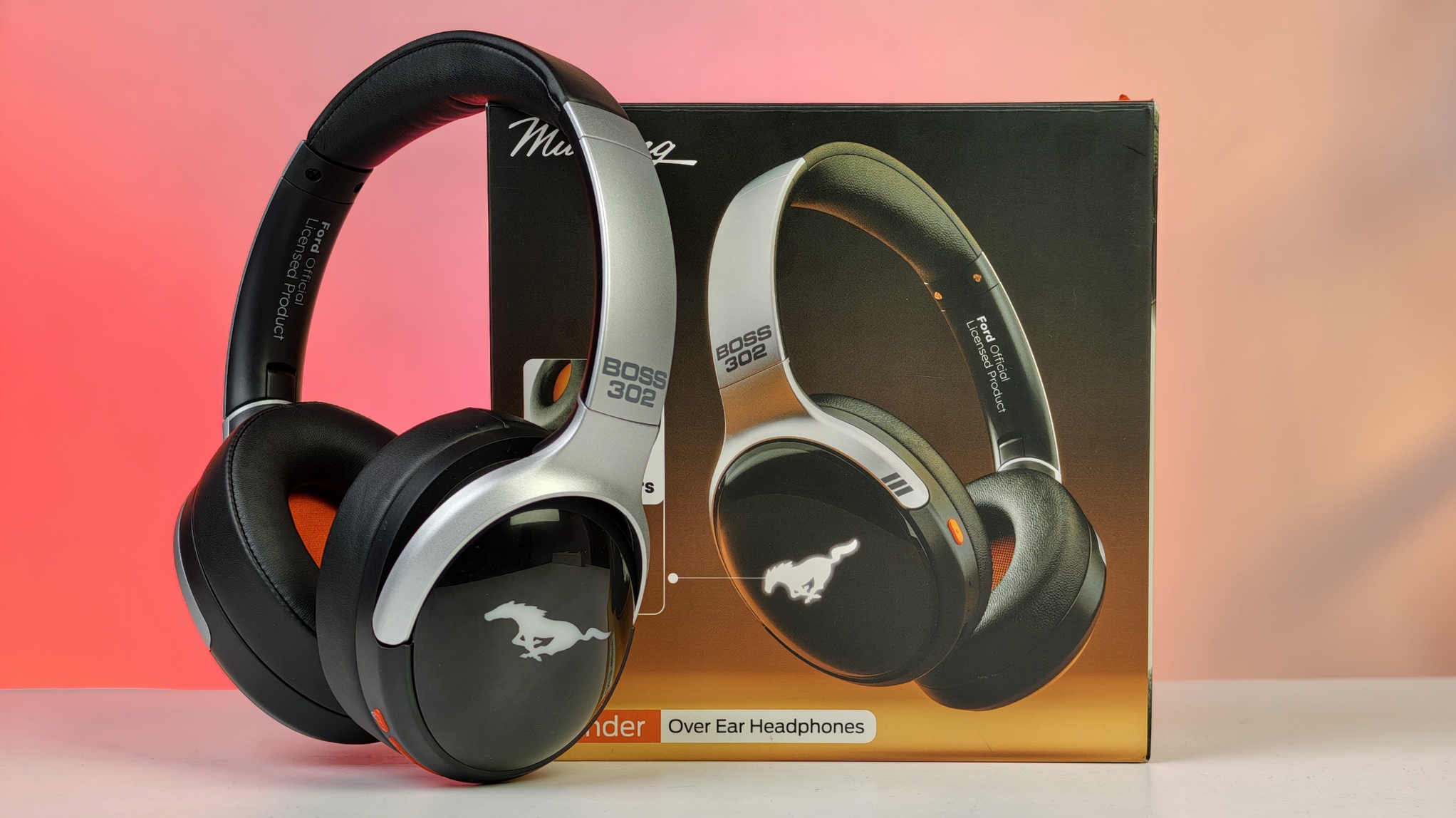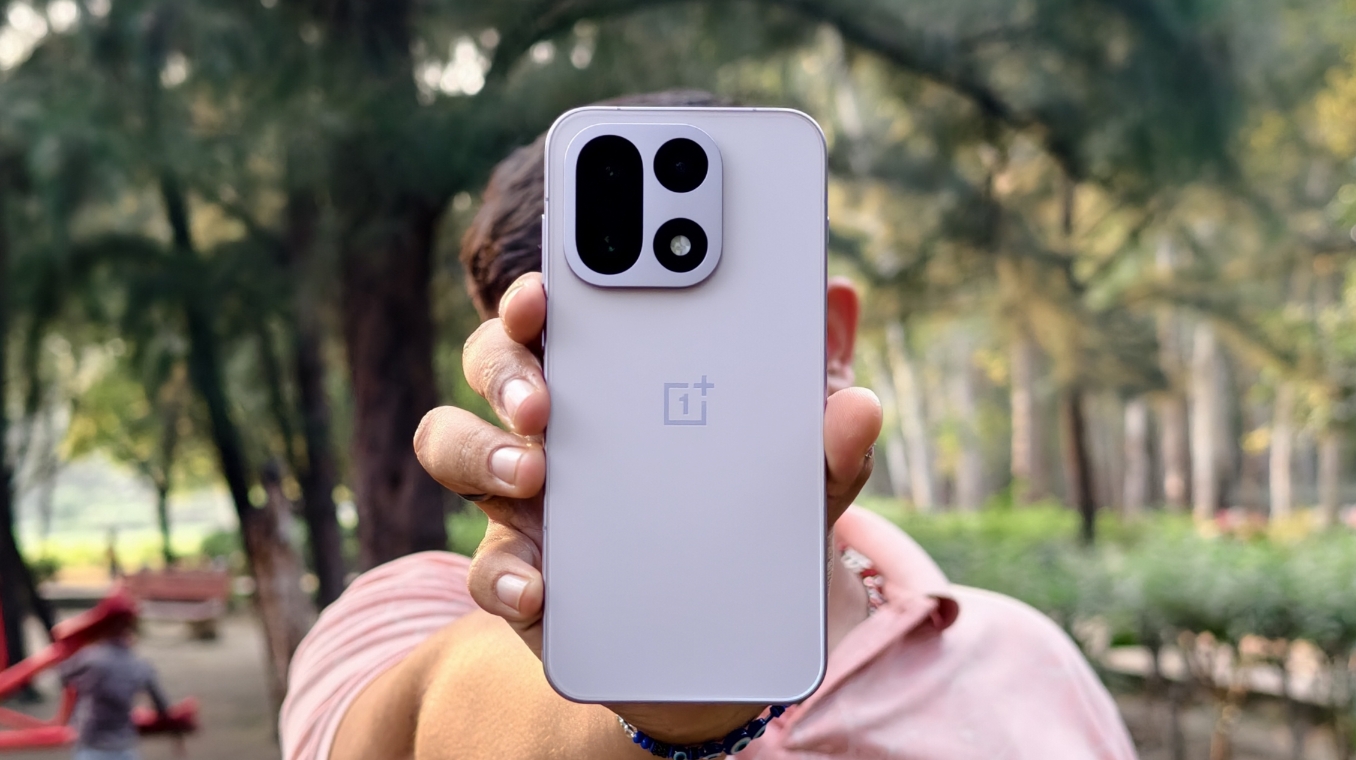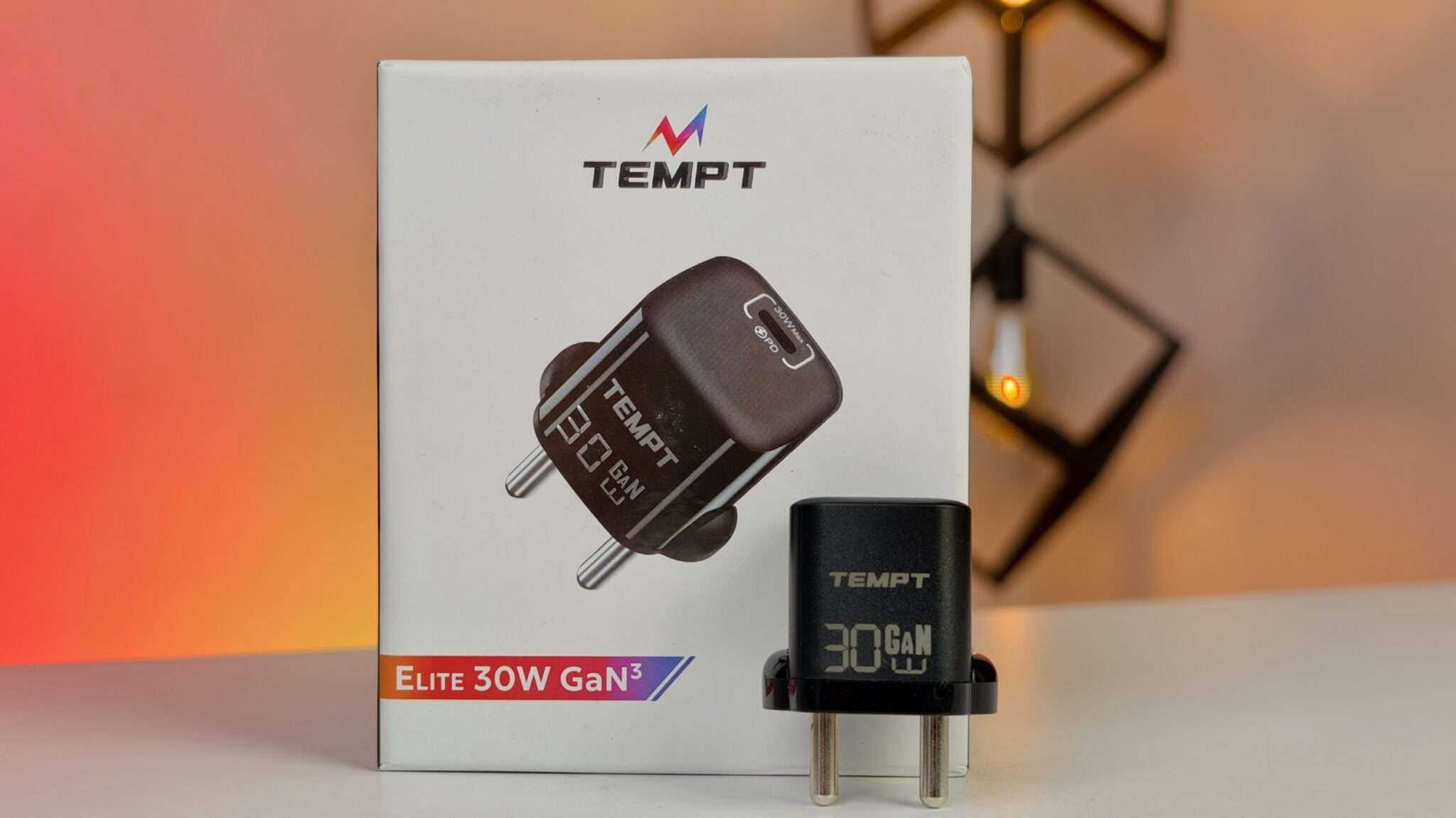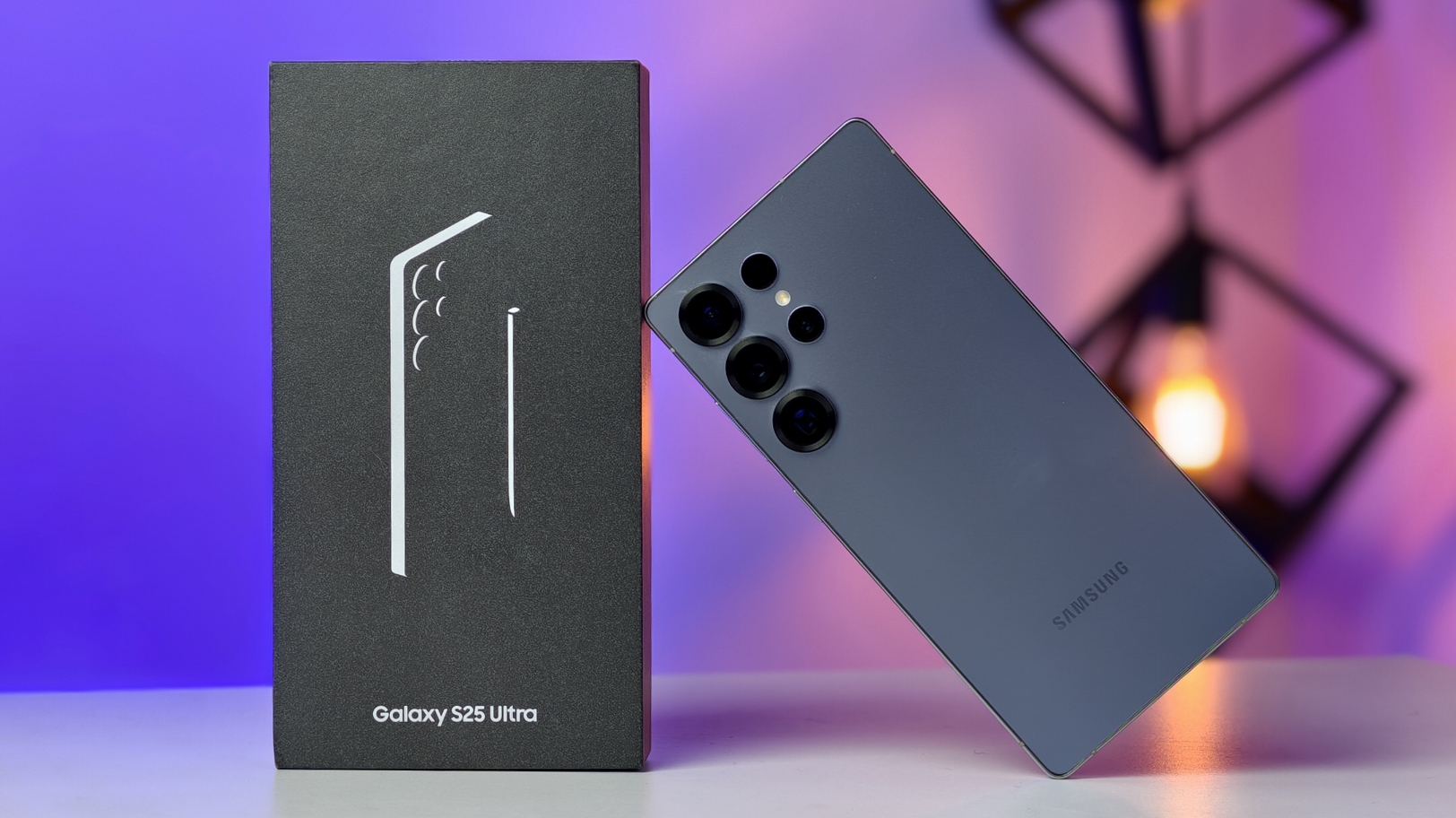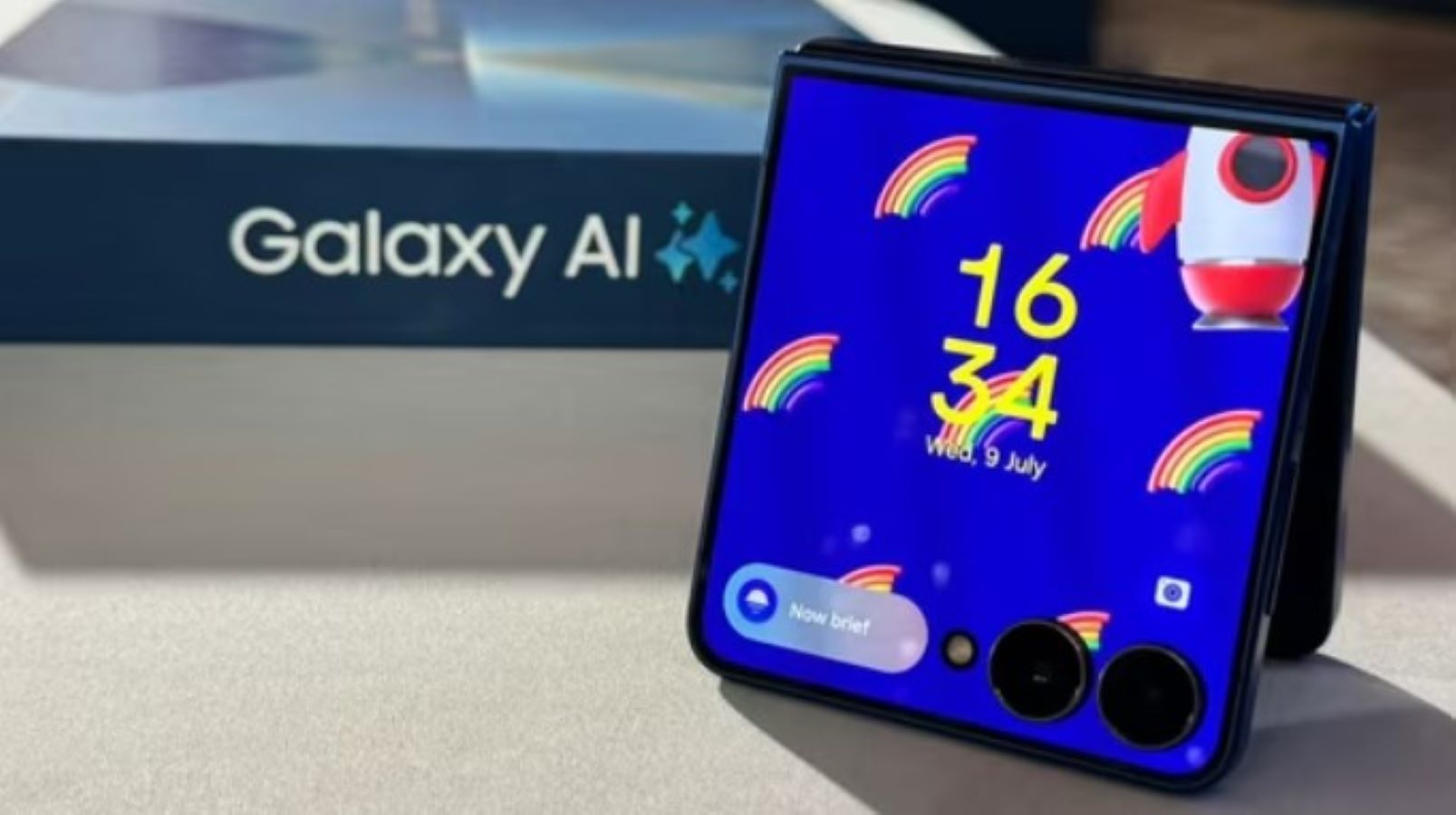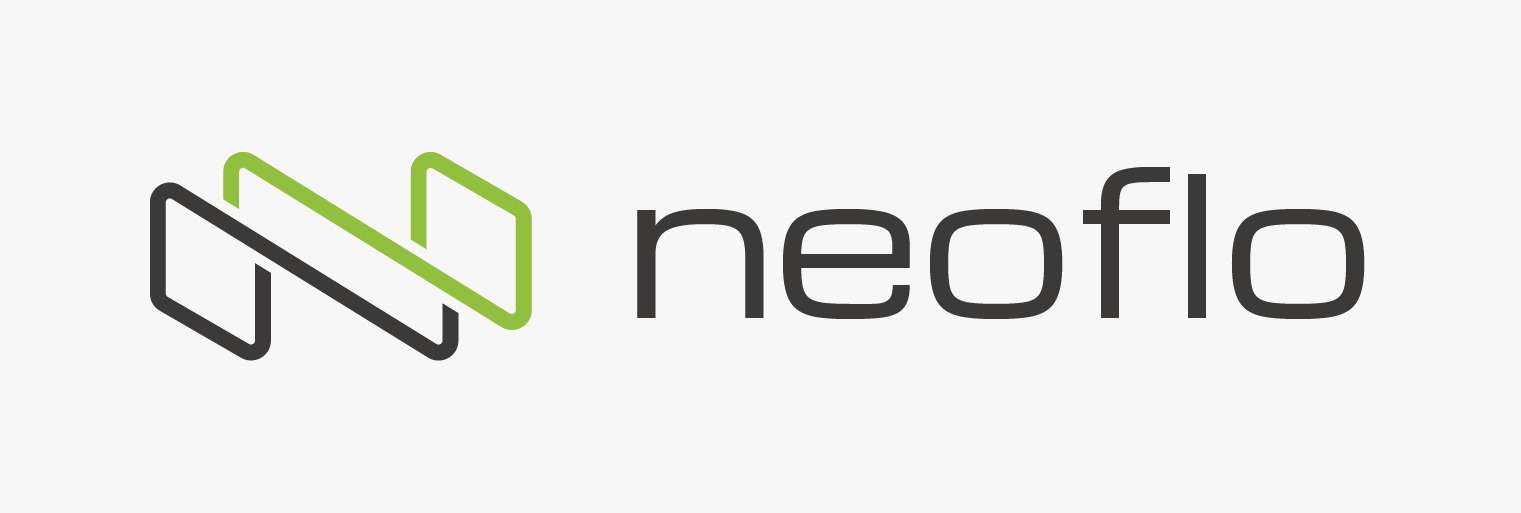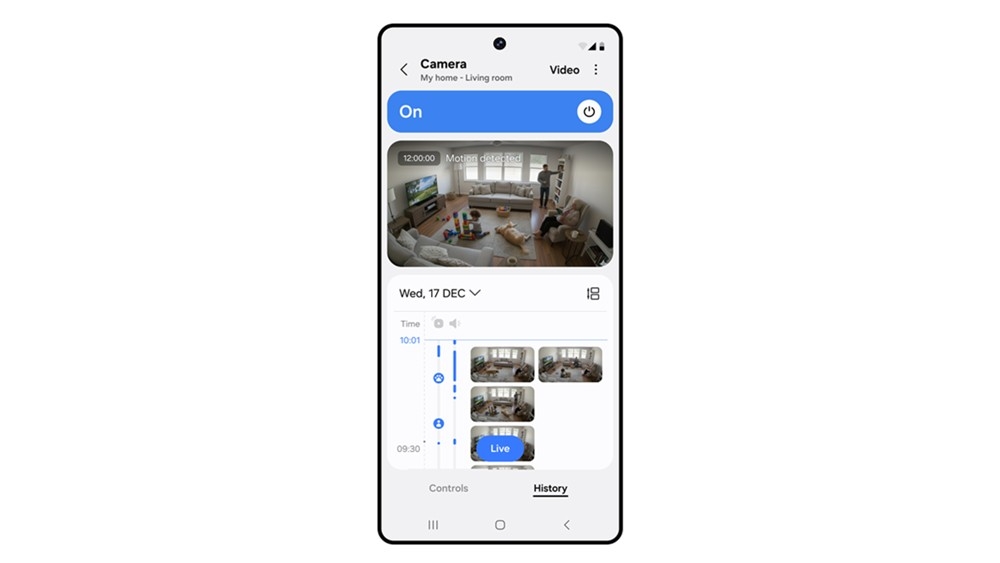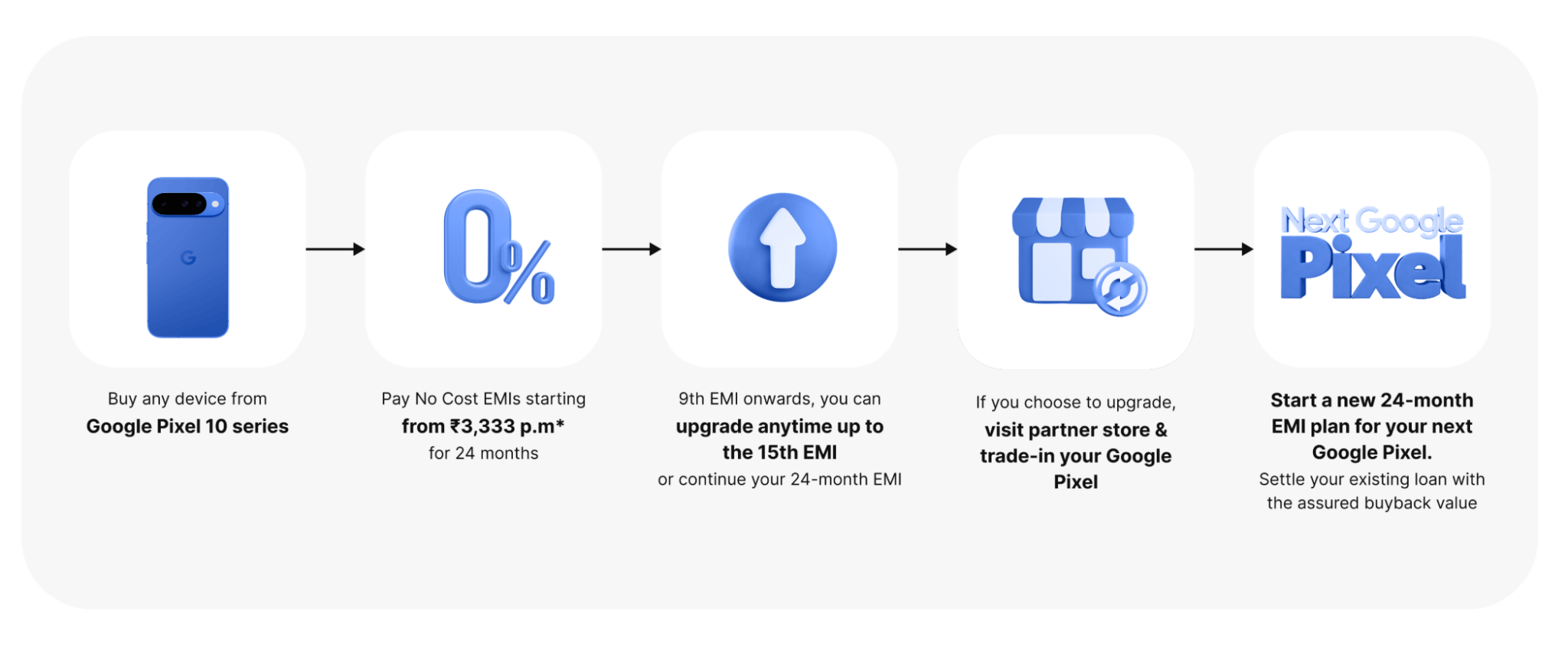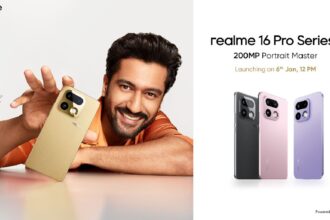WhatsApp, the messaging platform used by billions worldwide, is making a shift many hoped would never come: it’s officially rolling out ads. The announcement, made by parent company Meta on Monday, June 16, 2025, has stirred quite a bit of chatter among users who have long valued WhatsApp for its clean, private, and ad-free experience. Meta insists personal chats remain untouched and fully encrypted, but ads in the “Updates” tab point to a significant monetization pivot.
Key Takeaways:
- WhatsApp is officially introducing ads, ending its long-standing ad-free model.
- Ads will appear only in the “Updates” tab, within “Status” and “Channels.”
- Personal chats, calls, and groups stay end-to-end encrypted and ad-free.
- The “Updates” tab, with 1.5 billion daily users, is Meta’s new revenue target.
- New monetization includes paid channel subscriptions and promoted channels.
- Ad targeting draws from general data: country/city, language, channels followed, and ad interaction.
- If linked, data from Meta’s Accounts Center (Facebook/Instagram) also informs targeting.
- WhatsApp states it won’t sell or share your phone number with advertisers.
- Rollout begins gradually in select countries over the coming months.
For years, WhatsApp stood apart in Meta’s portfolio—no ads, no games, no gimmicks. Its founders, Jan Koum and Brian Acton famously rejected advertising. “No ads! No games! No gimmicks!” Koum wrote back in 2012. That anti-ad stance didn’t quite survive Meta’s $19 billion acquisition in 2014. And now, over a decade later, WhatsApp is embracing advertising more directly than ever.
Where the Ads Will Appear
Meta was very specific about ad placement: the new ads will live strictly in the Updates tab. This area includes:
- Status: Similar to Instagram or Snapchat Stories, Status lets users post ephemeral photos, videos, or texts that vanish after 24 hours. Ads will be tucked between these.
- Channels: Introduced in 2023, Channels are a one-way broadcast feature for updates from individuals or organizations. Ads might appear as promoted channels or within the content itself.
WhatsApp has tried to reassure users: “These new features will appear only on the Updates tab, away from your personal chats.” So if you’re mainly using WhatsApp to talk to family or friends, Meta wants you to believe your experience won’t change. And maybe for most people, that’s true—at least for now.
Still, the “Updates” tab has quietly grown, now drawing 1.5 billion daily users. That kind of reach is hard for Meta to ignore.
How Ad Targeting Will Work
This is where things get a little murky. According to WhatsApp, the platform will use only limited data to personalize ads:
- Country or City: Just your general location, not precise GPS data.
- Language: Pretty self-explanatory—ads in the language you understand.
- Channels You Follow: What you’re interested in helps guide the ads.
- Ad Interactions: If you engage with an ad, that shapes what comes next.
But here’s the twist: if you’ve linked your WhatsApp to Meta’s Accounts Center—which ties your Facebook and Instagram profiles together—then broader ad preferences from those platforms could also shape your WhatsApp ads.
Still, Meta is drawing some lines in the sand:
- No personal chat data for ads: Your messages and calls stay encrypted. Meta can’t read them and says it won’t use them for ads.
- No phone number sharing: WhatsApp insists it won’t sell or share your number with advertisers.
- No group-based targeting: Your group memberships won’t be factored into ad targeting.
There will also be some user control. You’ll be able to see why you’re seeing a specific ad, manage your ad preferences, and hide or report ads—much like on Facebook or Instagram.
More Than Just Ads: New Monetization Avenues
Ads aren’t the whole story here. Meta is also rolling out two additional monetization tools in the Updates tab:
- Paid Channel Subscriptions: Think Patreon or YouTube memberships. Channel admins can now charge monthly fees for exclusive content. Payments go through app stores, which also means Meta gets a slice.
- Promoted Channels: Creators and businesses can pay to boost their Channels in the Discovery section—basically buying exposure, like promoted posts on Instagram.
This move echoes Meta’s broader strategy: squeeze more revenue from its enormous user base. In 2024, Meta pulled in over $160 billion in ad revenue—mostly from Facebook and Instagram. WhatsApp, until now, has been the underutilized cash cow.
Frequently Asked Questions (FAQs)
Q1: Will ads appear in my private WhatsApp chats?
No, Meta has stated clearly that ads will not appear in your personal chats, group chats, or calls. These remain encrypted and ad-free.
Q2: Where exactly will I see ads on WhatsApp?
Only in the “Updates” tab—specifically within “Status” updates and potentially within “Channels.”
Q3: How will WhatsApp use my data for ads?
WhatsApp will use limited data: your general location, language, channels followed, and ad interactions. If linked to Meta’s Accounts Center, ad preferences from Facebook or Instagram may also apply.
Q4: Will WhatsApp sell my phone number to advertisers?
No. WhatsApp has promised not to sell or share your phone number.
Q5: Can I opt out of seeing ads on WhatsApp?
Not completely. But you’ll be able to manage preferences—see why you’re shown an ad, hide or report ads, and control advertiser settings.
Q6: What are “Paid Channel Subscriptions” and “Promoted Channels”?
Paid Subscriptions let Channel admins charge for exclusive content. Promoted Channels are a way for businesses to boost their visibility.
Q7: Is my WhatsApp data still end-to-end encrypted with ads?
Yes. Messages, calls, and personal statuses remain fully encrypted. They aren’t used for ads.
Q8: When will I start seeing ads on WhatsApp?
Rollout begins in select countries over the coming months. Not everyone will see them right away.


